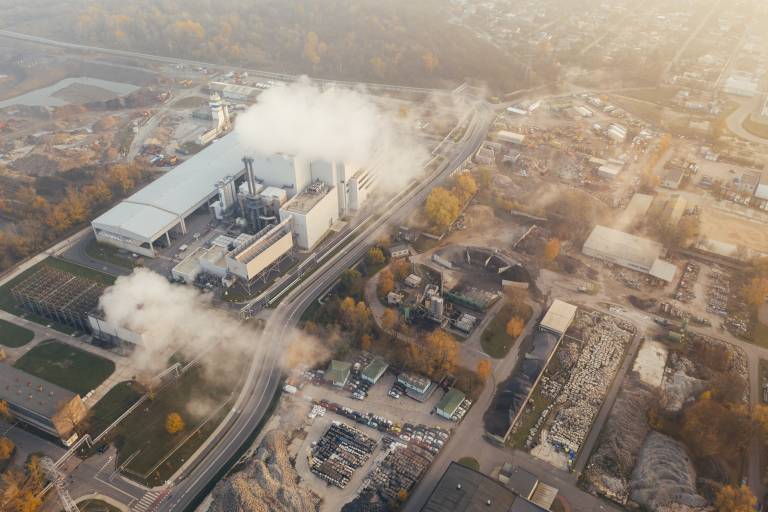This focus area aims to assess the consequences of implementing Circular Economy practices on the environment and social impacts of MCM life cycles.

Description
Dr Irene Josa has worked with Dr Aiduan Borrion at UCL. The project aimed to assess the consequences of implementing CE practices on the environmental and social impacts of MCM life cycles. This objective was divided into three main tasks, namely:
- to review of indicators to assess environmental impacts of MCM supply chains
- to develop the environmental impact assessment models, also to identify the impact hotspots for these supply chains with respect to CE practices
- to do the same for social impacts
As for the review of indicators, the PRISMA standards were followed in conducting a systematic review of the literature. Three key categories comprised the taxonomy that was constructed after indicators were taken out of the literature that was chosen for examination. These categories included the type of indicator, the level of assessment and the area of assessment.
The review's findings demonstrated the wide range of indicator sets that have been proposed and used in the literature, some of which are presumably used more frequently than others. This study advances the area by providing a comprehensive taxonomy of indicators specific to the construction industry, which makes it easier to take environmental system complexity into account when choosing an indicator set.
Regarding environmental impacts, an LCA model was built that allows assessing the impacts (e.g., CO2 emissions, resource depletion, water consumption) of the concrete supply chain at different levels, from the production of 1 ton of cement and 1 m3 concrete to the construction of a building.
An evaluation of the effects of cleaner production practices was conducted using this model. Three alternative scenarios were evaluated in addition to the business-as-usual scenario. These included cleaner electricity, which examined the effects of using five different electricity grid mixes; cleaner transportation, which examined the effects of using battery electric trucks and varying transportation distances; and cleaner fuels, which examined the effects of utilising different fuel combinations in the cement kiln.
The findings demonstrate that combining various solutions can result in notable reductions in CO2 emissions. On the other hand, some approaches might result in a rise in other effect categories, such as land use, ionising radiation, and stratospheric ozone depletion.
As part of the work around environmental LCA, the researchers in this focus area collaborated with Project 2A to determine the extent to which lightweight exterior infill walls contribute to carbon emissions and to investigate whether reusing these walls after they have been removed from building frames reduces carbon emissions. Using the lifecycle assessment methodology, the environmental effects of the lightweight outside infill walls were examined.
The findings showed that, over the course of the buildings' normal lives, the embodied carbon of those with infill walls can be decreased by disassembling and reusing the walls.
Regarding social impacts, the first work conducted involved identifying limitations in S-LCA, as well as demonstrating how behavioural science approaches can improve the social impact assessments. This study, which was done in collaboration with Met4Tech, allowed underscoring the potential that the behavioural science has in advancing S-LCA. The second piece of work conducted as part of the social impact assessment was a case study which used S-LCA for the comparison rebuilding of a building as opposed to its retrofitting.
Three scenarios were established: the baseline case, in which the building remains unaltered; the new building scenario, in which the original structure is totally demolished and rebuilt; and the circular scenario, in which the old building is renovated.
 Close
Close

